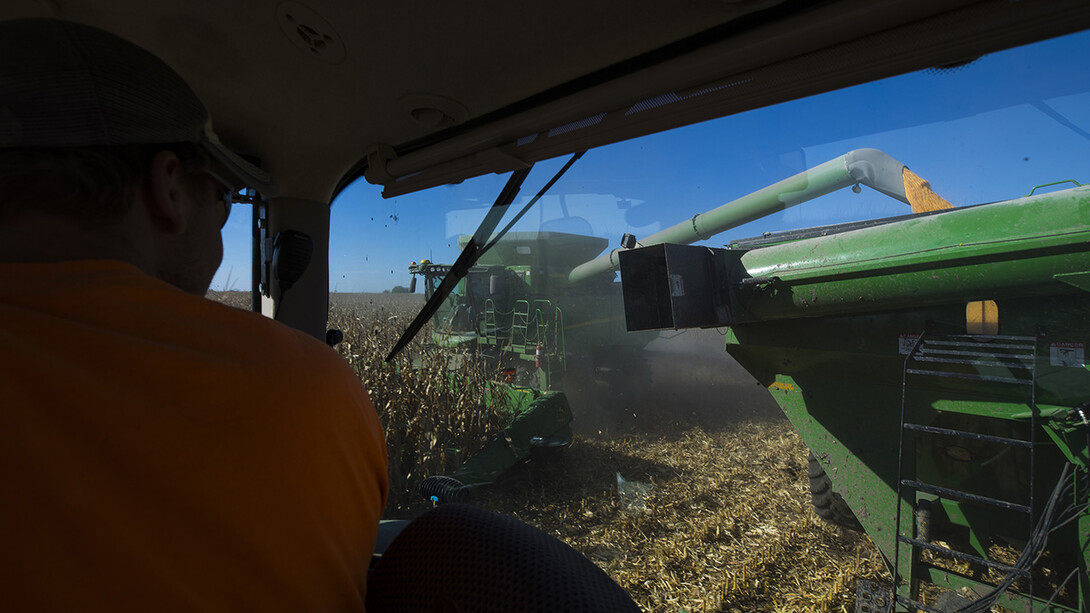
Nebraska’s economy is expected to grow slowly in the coming years, supported by the expansion of service industries.
Growing personal income will support job growth in the health care, leisure, finance, business service and construction industries, according to the latest three-year forecast from the University of Nebraska–Lincoln’s Bureau of Business Research and the Nebraska Business Forecast Council.
Farm income, which improved in 2019 with the help of rising government payments, is expected to remain near 2019 levels through 2022. Nebraska farm income is expected to reach $3.3 billion in 2019, with about one-quarter of that income due to government support. Crop and livestock revenue is expected to grow through 2022, allowing earned income to replace falling government payments.
Nebraska’s overall employment is projected to grow by 0.6 to 0.8% through 2022, and forecasters expect non-farm income to grow up to 3.8%.
The Nebraska manufacturing sector is expected to lose employment. Nationally, the manufacturing sector is struggling due to a weaker global economy, a strong dollar and ongoing trade disputes.
“The Nebraska manufacturing sector also will struggle, especially given tepid growth in the agricultural economy,” said Eric Thompson, economist and director of the Bureau of Business Research.
The retail sector also will lose employment in Nebraska through 2022, as retail sales continue to shift online.
Most services, however, must be provided locally, so growing incomes will lead to more spending and employment for the construction industry; banking and other financial services; and services such as health care, restaurants and other leisure activity. The services sector, which includes the health care industry, will add 5,100 jobs per year, or about two-thirds of all job growth. The construction sector will add 1,100 jobs per year. Federal government employment will temporarily expand in 2020 as workers are hired to complete the decennial census.
The Nebraska Business Forecast Council is composed of David Dearmont, Nebraska Department of Economic Development; Scott Hunzeker, Nebraska Department of Labor; Scott Loseke, Nebraska Public Power District; Brad Lubben, Department of Agricultural Economics at Nebraska; David Rosenbaum, Department of Economics and Bureau of Business Research at Nebraska; Jim Schmidt, Department of Economics at Nebraska; HoaPhu Tran, Nebraska Department of Revenue; Brian Williams, Nebraska Public Power District; and Thompson.








